Sébastien Riou
Effect Of Personalized Calibration On Gaze Estimation Using Deep-Learning
Sep 27, 2021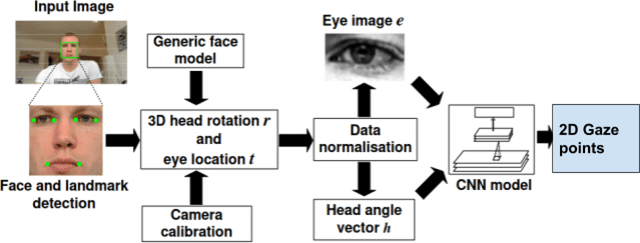
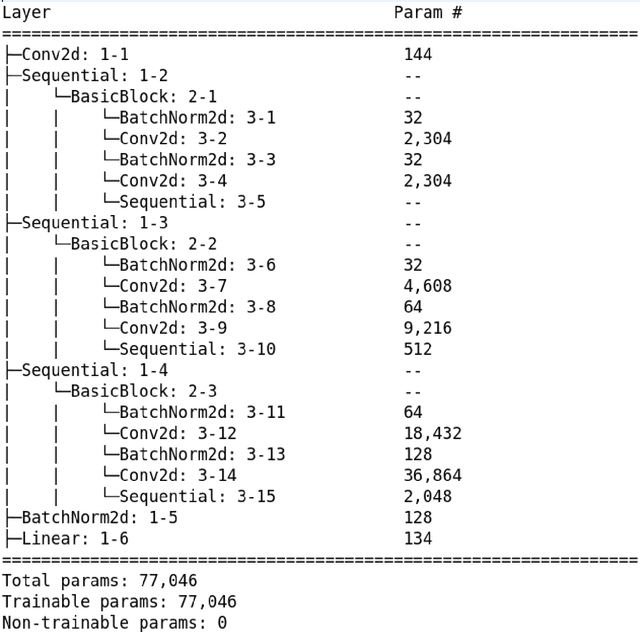
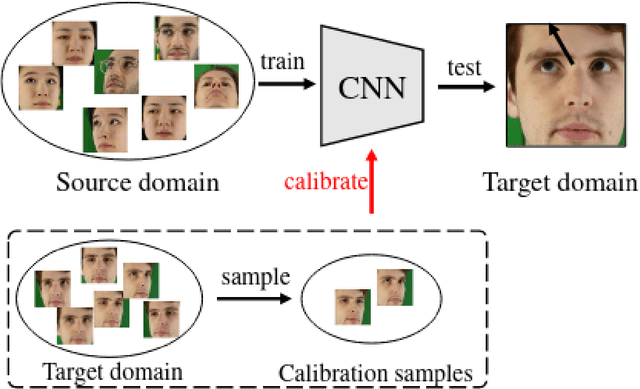
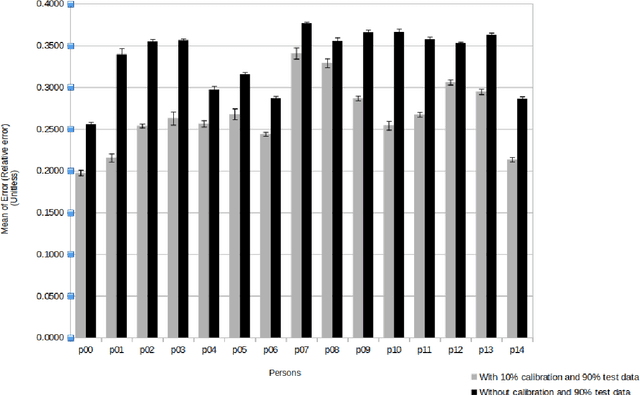
Abstract:With the increase in computation power and the development of new state-of-the-art deep learning algorithms, appearance-based gaze estimation is becoming more and more popular. It is believed to work well with curated laboratory data sets, however it faces several challenges when deployed in real world scenario. One such challenge is to estimate the gaze of a person about which the Deep Learning model trained for gaze estimation has no knowledge about. To analyse the performance in such scenarios we have tried to simulate a calibration mechanism. In this work we use the MPIIGaze data set. We trained a multi modal convolutional neural network and analysed its performance with and without calibration and this evaluation provides clear insights on how calibration improved the performance of the Deep Learning model in estimating gaze in the wild.
An Adjusted Nearest Neighbor Algorithm Maximizing the F-Measure from Imbalanced Data
Sep 02, 2019
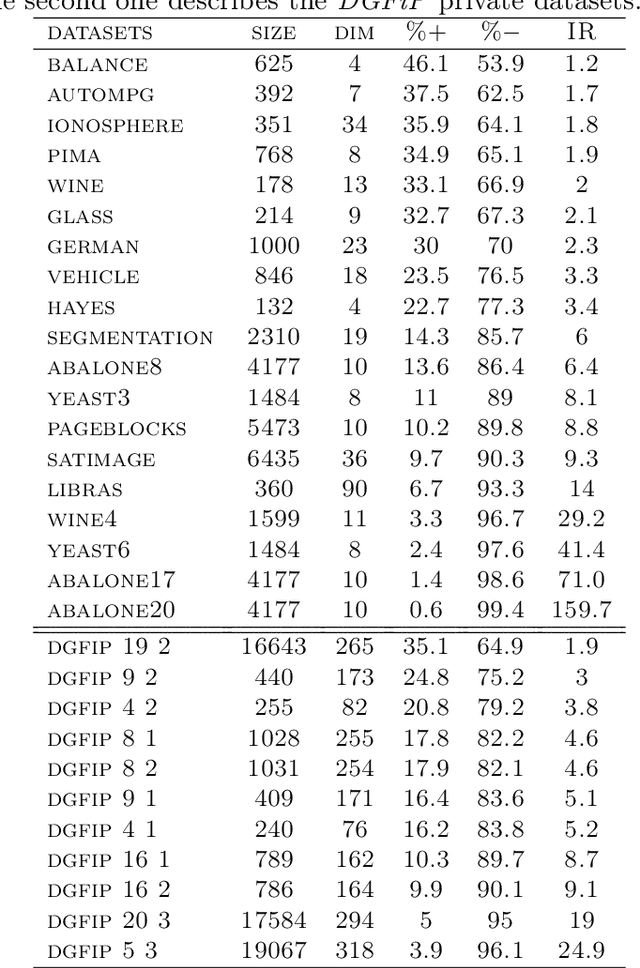
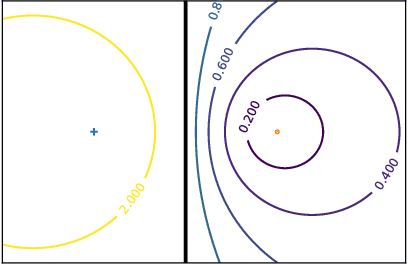
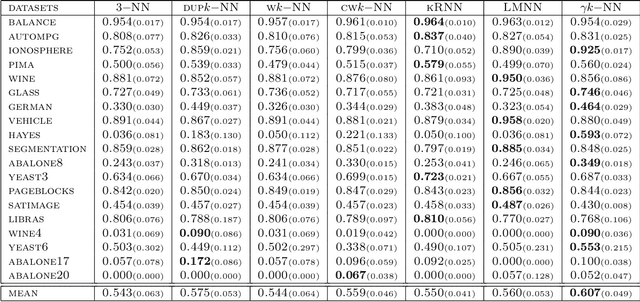
Abstract:In this paper, we address the challenging problem of learning from imbalanced data using a Nearest-Neighbor (NN) algorithm. In this setting, the minority examples typically belong to the class of interest requiring the optimization of specific criteria, like the F-Measure. Based on simple geometrical ideas, we introduce an algorithm that reweights the distance between a query sample and any positive training example. This leads to a modification of the Voronoi regions and thus of the decision boundaries of the NN algorithm. We provide a theoretical justification about the weighting scheme needed to reduce the False Negative rate while controlling the number of False Positives. We perform an extensive experimental study on many public imbalanced datasets, but also on large scale non public data from the French Ministry of Economy and Finance on a tax fraud detection task, showing that our method is very effective and, interestingly, yields the best performance when combined with state of the art sampling methods.
 Add to Chrome
Add to Chrome Add to Firefox
Add to Firefox Add to Edge
Add to Edge